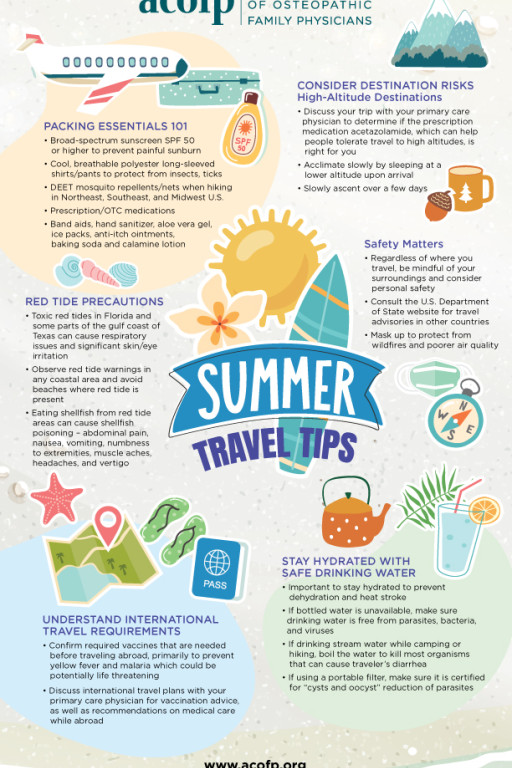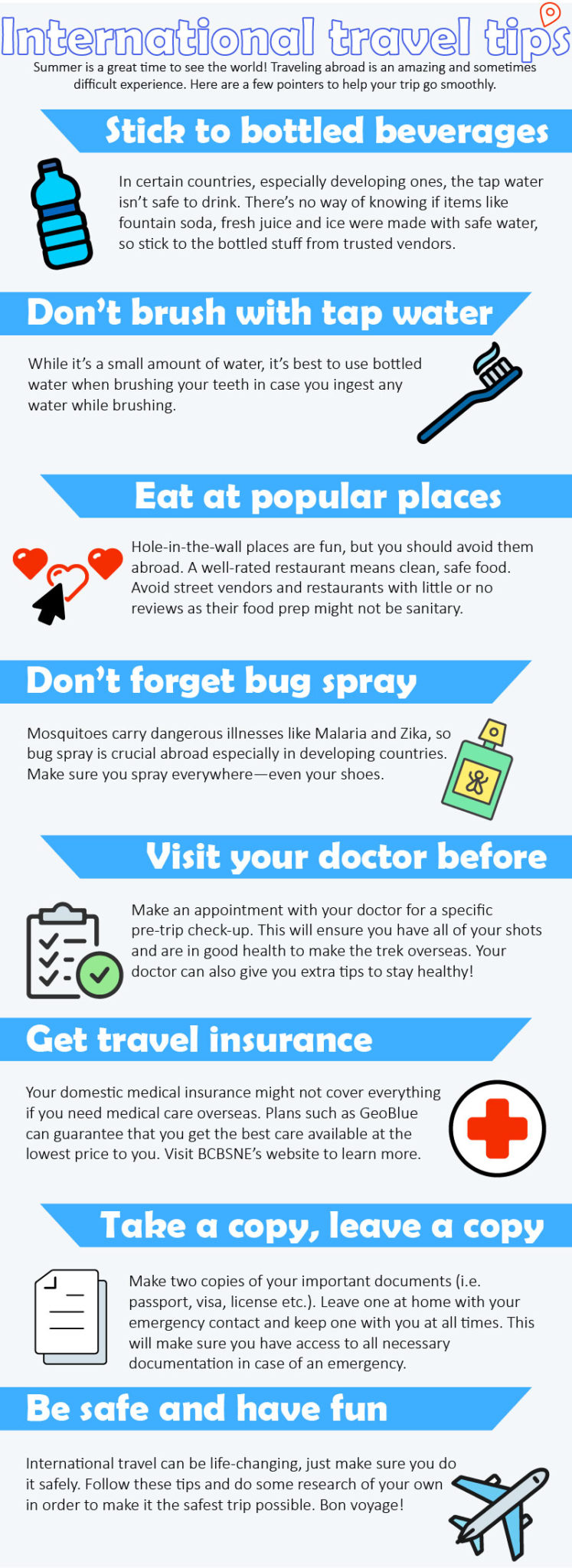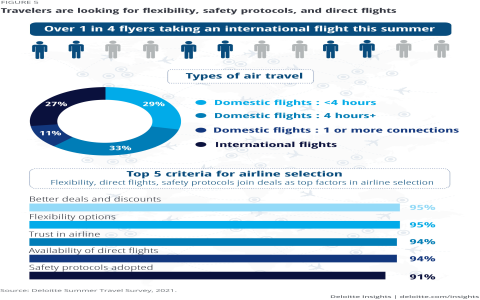Alright, so you’re planning a trip overseas? Good on ya! But before you get all excited about sightseeing and new foods, let’s talk about something super important: staying healthy. I’ve learned a thing or two over the years, mostly the hard way, so let me share what I do.

Getting Ready Before I Even Lock My Suitcase
This part is crucial, folks. Don’t skip it.
First off, weeks before my flight, I book an appointment with my doctor. Not just any doctor, mind you, but one who knows about travel medicine, or I go to a travel clinic. I tell them exactly where I’m going and for how long. We talk about any shots I might need. Yellow fever? Typhoid? Hepatitis? Depends on the destination, really. I get those sorted out well in advance because some vaccines take time to become effective.
Then, we discuss any prescription meds I take regularly. I make sure I have enough to cover my entire trip, plus a little extra, just in case of delays. And I always carry them in my hand luggage – never, ever check them in. Lost luggage is a pain, but lost medication is a disaster.
I also ask about any specific health risks for the places I’m visiting. Is malaria a thing there? Dengue fever? Traveler’s diarrhea (the dreaded one!)? Knowing what you might be up against helps you prepare. For malaria, I’ll get the preventative pills if recommended. No heroics for me, thanks.
Next up, I assemble my own little first-aid kit. Nothing fancy, but it’s saved me more than once. Here’s what usually goes in:

- Pain relievers, like ibuprofen or paracetamol.
- Band-Aids of various sizes and some antiseptic wipes.
- Medication for upset stomachs – you know, antidiarrheals and something for indigestion.
- Antihistamines, for surprise allergies or insect bites.
- Any personal meds, of course.
- Hand sanitizer. Lots of it.
- Maybe some motion sickness pills if it’s going to be a bumpy ride.
And travel insurance! Seriously, don’t leave home without it. I check that it covers medical emergencies and, if needed, evacuation. Hospital bills abroad can be insane. I once saw a guy who broke his leg skiing and the bill was eye-watering. Nope, I get good coverage.
The Journey Itself – Staying Comfy and Clean
Planes can be germ incubators, let’s be honest.
So, on the flight, I drink a ton of water. Airplane air is super dry, and dehydration just makes jet lag worse and weakens your defenses. I usually buy a big bottle after security or bring an empty one to fill up.
I also try to move around a bit. Get up, stretch, walk the aisle when the seatbelt sign is off. Helps with circulation and prevents those dreaded blood clots on long hauls. I might do some ankle circles and leg stretches in my seat too.
And that hand sanitizer I packed? It gets a lot of use. Before eating, after using the loo, after touching tray tables… you get the idea. Some folks wear masks on planes now, and if that makes you feel better, go for it. I often wipe down my tray table and armrests with an antiseptic wipe as soon as I sit down.

When I’m Actually There – Navigating the Destination
This is where you gotta be smart about your choices.
Food and water are biggies. My rule of thumb? “Boil it, cook it, peel it, or forget it.” In many places, tap water is a no-go for drinking. So, it’s bottled water all the way, and I check that the seal is intact. No ice in drinks unless I’m sure it’s made from purified water. When it comes to food, I love trying local stuff, but I’m cautious. I look for places that are busy, especially with locals – that usually means the food is fresh and good. Super-cheap street food can be amazing, but I pick vendors that look clean and cook the food right in front of me, piping hot.
Bugs can be more than just annoying; they can carry diseases. So, if I’m in a mosquito-prone area, I use insect repellent, especially around dusk and dawn. The ones with DEET work best for me. I also wear long sleeves and pants in the evenings if mosquitoes are rampant. If the accommodation doesn’t have screens or AC, a mosquito net for sleeping is a lifesaver.
The sun can be brutal too, especially if you’re not used to it. Sunscreen, a hat, and sunglasses are my best friends. I learned that lesson after a nasty burn in Southeast Asia. Not fun.
I also try to stay informed about any local health advisories. Sometimes things change, and it’s good to be aware.

And of course, I listen to my body. If I’m feeling a bit off, I take it easy. Most minor things, like a slight headache or a bit of an upset stomach, can be managed with my first-aid kit and some rest. But if something feels seriously wrong, or if a minor issue isn’t getting better, I don’t hesitate to seek medical attention. That’s what the insurance is for! I usually find out beforehand where a reputable clinic or hospital is, just in case.
Back Home – It Ain’t Over ‘Til It’s Over
Once I’m back, I still keep an eye on my health for a few weeks. Some illnesses can take a while to show symptoms. If I develop a fever or any unusual symptoms, I head straight to my doctor and tell them where I’ve been traveling. It’s important they have that information.
So there you have it. That’s pretty much my routine for trying to stay healthy when I’m gallivanting around the globe. It’s not foolproof, nothing ever is, but it’s definitely helped me avoid a lot of trouble. It just takes a bit of planning and being sensible. Happy travels, and stay well!









